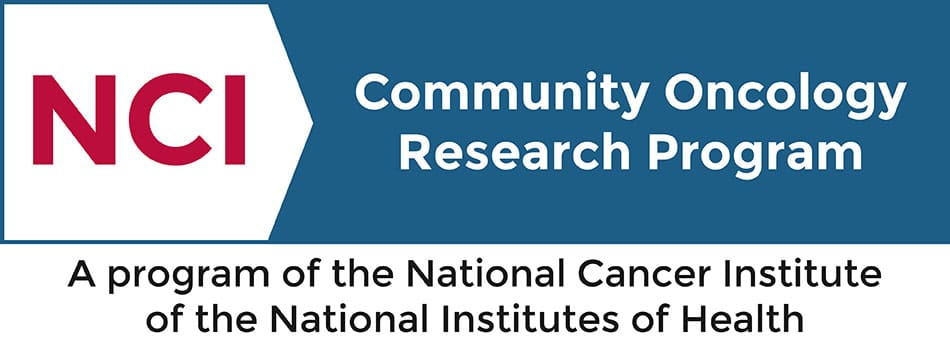Understanding breast health, including the signs and symptoms of breast cancer, may not be as complicated as it seems. Being proactive in your breast health can save your life, so how can you accomplish this? Understanding physical changes to your breasts, performing routine self-examinations, and getting annual clinical breast exams and routine mammograms are a necessity.
What Is Breast Cancer?
Understanding breast cancer can help you take better control of your breast health. Breast cancer can begin in either one or, rarely, both breasts simultaneously. It is when the normal tissue in your breast undergoes a change that allows it to grow without any control from your body. It occurs primarily in women, but can be found in men as well. Lumps are the most common symptom people associate with breast cancer, but they aren’t the only sign. In fact, oftentimes, if you find a lump, it’s likely that that mass may have been detected sooner with appropriate screening (imaging). If a breast cancer is diagnosed early when it is small and hasn’t spread elsewhere it the body, treatment is very effective and survival is excellent. The good news is that most lumps are benign or non-cancerous. These lumps don’t spread in the body and often do not increase the risk of breast cancer. If you or a loved one finds a lump, it’s crucial to make an appointment to have it checked out by a doctor, because that’s the only way to know if the lump is malignant (cancerous) or benign (non-cancerous).
What Are Breast Cancer Symptoms?
As mentioned, a lump is the symptom most frequently associated with breast cancer, and for good reason: In many cases, it can be the first sign of a problem. But there are some lesser-known breast cancer symptoms to be aware of, including:
- Lumps or swelling in the breast, upper chest, or armpit
- Changes to the skin
- Changes in the color of the breast
- Changes in the nipple, such as inversion (pulling in)
- Nipple discharge (bloody/clear – only one side and spontaneous)
- Changes in the size or shape of the breast
Be sure to speak to your primary care physician or gynecologist if you are dealing with consistent breast pain or any of the symptoms mentioned above. Your physician can help you determine your risk profile, explore your symptoms, and send you for the appropriate tests to identify the cause of your symptoms.
When Should I Get Screened for Breast Cancer?
In many cases, breast cancer won’t show any symptoms, and a lump can be too small to feel, so getting screened is crucial. The chances of successful treatment are greater the earlier breast cancer is detected.
Current recommendations for when to begin screenings include:
- Begin your screening mammogram at age 40, and continue annually.
- High-risk patients with a family history should begin screening 10 years before the youngest first-degree relative (mom/sister) was diagnosed and continue annually (or more frequently depending on your personal risk).
- Screening should begin at age 25 for patients who have a genetic mutation.
What Are the Different Types of Breast Imaging?
You’ve likely heard of a mammogram, one of the more commonly used breast cancer screening methods. Current guidelines recommend annual screenings from the age of 40 onward.
Your doctor will determine what type of breast cancer screening is best for you, selecting from the following tests:
- Mammogram: A mammogram is an X-ray of the breast. Currently, mammograms are the best way to detect breast cancer early, often before it’s big enough to feel a lump or cause symptoms. This is the only screening study to reduce mortality associated with breast cancer. Having regular mammograms can lower the risk of breast cancer progression by identifying it and starting treatment early.
- 3-D Mammography (breast tomosynthesis): 3-D mammography, or breast tomosynthesis, provides clearer pictures than 2-D mammography alone. Because of the clearer picture, patients are less likely to have to return for additional imaging following this screening method. This is especially important for women with dense breast tissue.
- Screening Breast Ultrasound: Ultrasound uses sound waves to determine if lesions in the breast are solid or cystic and looks for blood flow and the contour of breast masses. A screening breast ultrasound can be used as an additional study for patients with dense breast tissue. It can be performed directly by the ultrasound technologist or using an automated machine that scans the entire breast. This screening method is used in addition to mammograms, not in place of.
- Breast Magnetic Resonance Imaging (MRI): A breast MRI takes pictures of the breast using magnets and radio waves. This method is often used with mammograms to screen women at higher risk for breast cancer.
Certain screening results may require a breast biopsy, where a small piece of tissue is removed and tested for cancer cells. If cancer is not present, your doctor will likely continue to monitor the area. If the biopsy is positive for breast cancer, you will work with your doctor to determine next steps and the appropriate treatment plan for you.
Staying informed about breast cancer, the signs and symptoms, and how and when to get screened is essential for your health. Schedule a screening if you’re a candidate and continue frequent self-examinations.
___________________________________________________________________________
The Women’s Imaging Center at Capital Health includes state-of-the-art, full-field 3-D digital mammography, which offers a higher-resolution image for greater diagnostic accuracy. You’ll receive personal attention from your team as they utilize top-notch advanced technology to perform screenings based on your symptoms and situation. Schedule your mammogram today.



